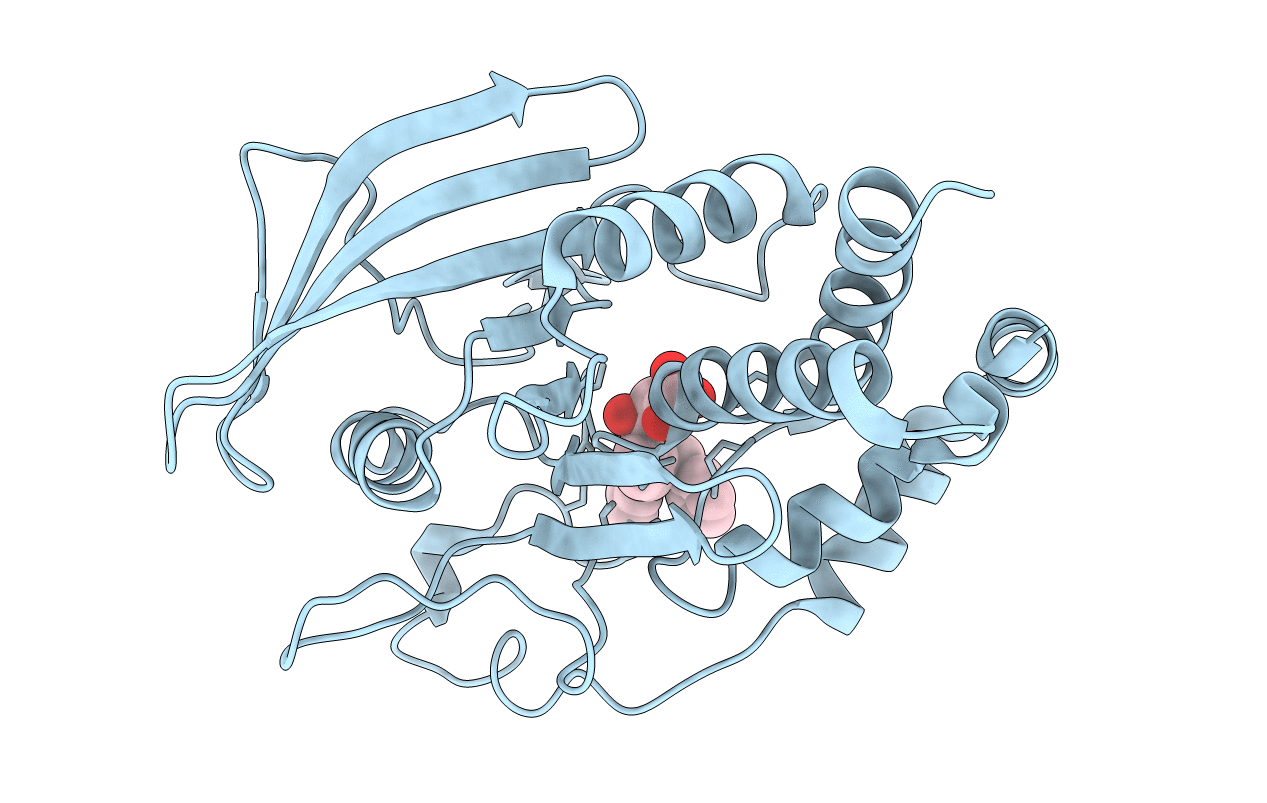
Deposition Date
2008-08-26
Release Date
2009-07-07
Last Version Date
2024-02-21
Entry Detail
PDB ID:
3EB1
Keywords:
Title:
Crystal structure PTP1B complex with small molecule inhibitor LZP-25
Biological Source:
Source Organism:
Homo sapiens (Taxon ID: 9606)
Host Organism:
Method Details:
Experimental Method:
Resolution:
2.40 Å
R-Value Free:
0.25
R-Value Work:
0.20
Space Group:
P 31 2 1


